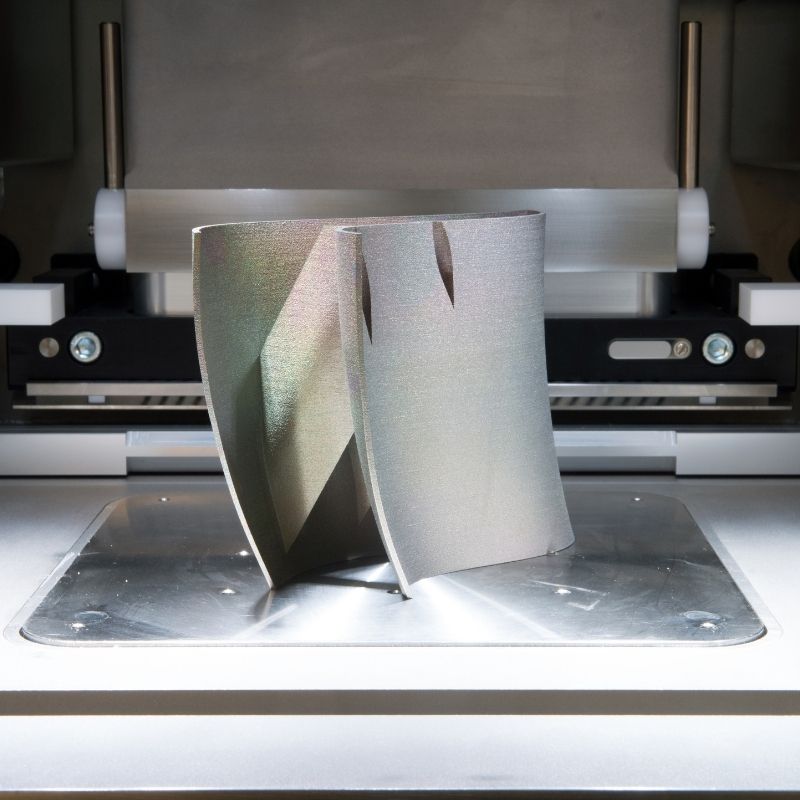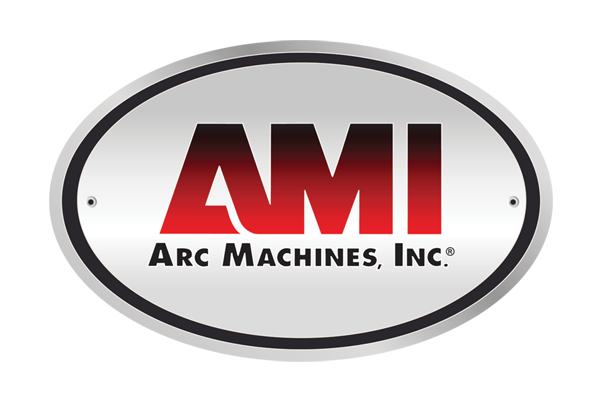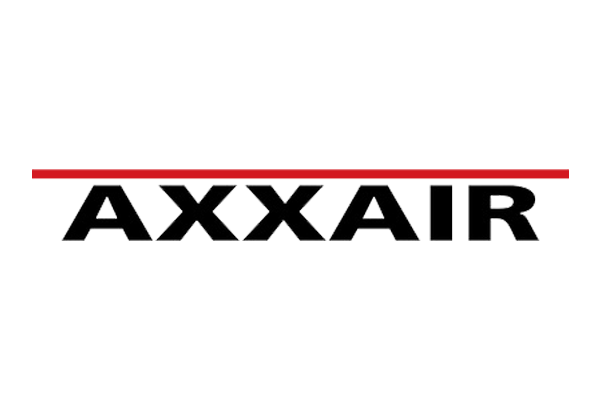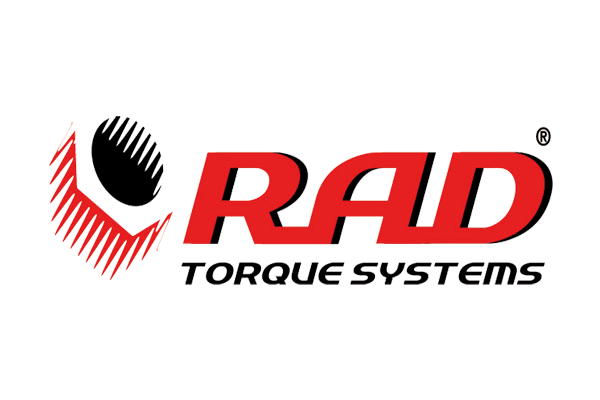How 3D Metal Printing Might Affect Welding
Many industries are looking to automation and new technology to assist them in various ways. Both offer the same advantage, whether it’s a do-it-yourself checkout counter or a welding robot. 3D printing is another trend that’s gaining traction. Let’s learn how 3D printing might affect welding and what you can do to stay ahead of the curve.
The Basics of 3D Printing
3D printing begins with a powder consisting of metal particles crushed so thin that they are barely visible to the naked eye. Distributed powder over a thin layer fuses with a laser at certain locations to create the initial layer of the print. The printer repeats this operation with another thin layer of powder.
With the addition of each layer, the metal object starts to take form where the laser has dissolved the powder. The printer continues to produce very tiny layers until every layer is complete. Printer users can then sift through the undissolved sand, grab the 3D-printed part, and thoroughly clean it.
Researchers are experimenting with additional methods for 3D printing metal, but this is the most prevalent option.
How 3D Printing Affects the Welding Industry
Metal 3D printing may cause some welders to feel a sense of dread about their future. Automation and robotics are becoming more commonplace because of their efficiency and flexibility in multiple industries. Will this be the result of 3D metal printing?
The 3D printing metal offers several significant advantages and disadvantages. You can produce almost any solid form with a 3D printer. This power level has only been achievable via large-scale production, and it still has its limitations.
Firstly, there are size restrictions. The cost of a metal 3D printer grows dramatically with the machine’s size. This isn’t much of a concern for small projects. Secondly, most metal projects are too large for a 3D printer to handle. Nobody will be able to simultaneously print a vehicle, ship, or large pieces of infrastructure. Large 3D-printed components will still need manual welding.
Should You Educate Yourself?
Metal printing may still be some years away from being feasible for most people. Currently, engineers and research teams employ it for developing new components. However, the future impact of 3D metal printing will likely rely on the sort of welding necessary for the project.
For smaller pieces, 3D printing is a viable option, but it isn’t possible for large pipes and other pieces yet. If you do any large-scale welding, your job will likely remain unscathed for a prolonged period.
Nonetheless, artists and hobby welders have a great deal of future promise. Rather than spending days fabricating delicate metal components, you can print them within minutes. Metal printers might offer you a vast universe of opportunities in conjunction with your welding skills. The employment forecast for welders continues to improve, but welders must educate themselves with the newest methods and finest equipment.
Learning how 3D metal printing might affect welding can help you accept technological advances while knowing that your skills are indispensable. SEC Industrial is pleased to present our clients with automated pipe spool welding equipment. Call us immediately or fill out our online form for more information about the unique M3 spool welding system. Our staff provides assurance-inspiring guidance on the optimal equipment to boost field production.









